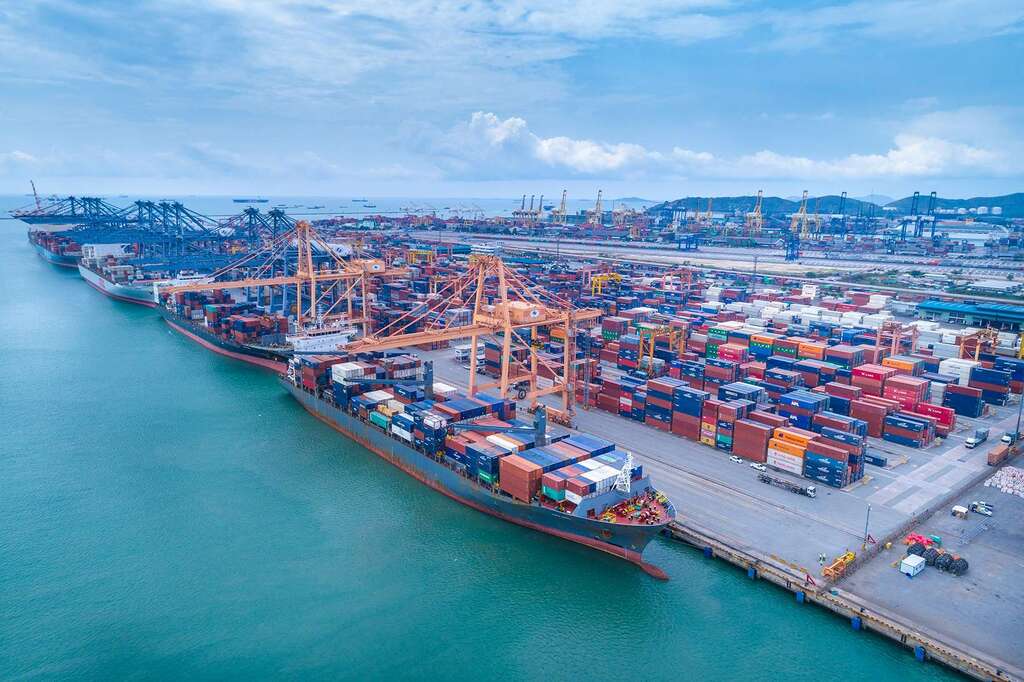Learning
Navigating Thailand’s Seaports: An Overview of Ocean Freight Shipping

When it comes to international trade, Thailand is a crucial player in Southeast Asia. With its strategic location in the heart of the region, Thailand has become a hub for ocean freight shipping. Thailand is home to several seaports that handle a significant portion of the country’s import and export traffic. In this article, we will provide an overview of Thailand’s seaports and ocean freight shipping, including the types of ports, shipping routes, and cargo handled.
I. Introduction
Thailand’s seaports play a vital role in the country’s economy. Located along the Gulf of Thailand and the Andaman Sea, these ports provide a gateway for international trade and commerce. Shipping companies around the world utilize Thailand’s seaports to transport goods in and out of the country.
In this section, we will provide an introduction to Thailand’s seaports, their importance, and their types.
II. Types of Seaports in Thailand
Thailand has several types of seaports that cater to different types of cargo and vessels. These seaports can be broadly classified into three categories: general cargo ports, container ports, and bulk cargo ports.
A. General Cargo Ports
General cargo ports are seaports that handle a variety of cargo types. These ports are designed to accommodate ships that carry a mix of cargo, such as machinery, vehicles, and consumer goods. Examples of general cargo ports in Thailand include Laem Chabang, Sattahip, and Bangkok Port.
B. Container Ports
Container ports are designed to handle containers, which are standardized units used to transport cargo. These ports have specialized equipment such as cranes and container handling systems to facilitate the movement of containers from ships to trucks or trains. Thailand’s main container ports are Laem Chabang and Bangkok Port.
C. Bulk Cargo Ports
Bulk cargo ports handle cargo that is shipped in large quantities, such as grain, coal, and petroleum. These ports have specialized equipment to handle bulk cargo, such as conveyor belts and cranes. Examples of bulk cargo ports in Thailand include Map Ta Phut and Sattahip.
III. Shipping Routes
Thailand’s seaports are well-connected to major shipping routes in the region, making them an ideal gateway for international trade. In this section, we will explore some of the main shipping routes that pass through Thailand’s seaports.
A. Asia-Europe Route
The Asia-Europe shipping route is one of the busiest routes in the world, with thousands of ships transporting goods between Asia and Europe. Thailand’s seaports, particularly Laem Chabang, are strategically located along this route, making them an important hub for trade between the two continents.
B. Intra-Asia Route
The Intra-Asia shipping route connects countries in the region, such as China, Japan, South Korea, and Southeast Asia. If you’re in China or United states, you can click URL here for the best services related to ocean freight. Thailand’s seaports serve as a crucial link in this network, providing a gateway for goods to be transported within the region.
C. Trans-Pacific Route
The Trans-Pacific shipping route connects Asia with North and South America. Thailand’s seaports, such as Laem Chabang and Bangkok Port, are well-positioned to handle cargo that is transported along this route.



























